Estimated reading time: 6 minutes
 Thank you for reading this post, don't forget to subscribe! Happy New Year 2024!
Thank you for reading this post, don't forget to subscribe! Happy New Year 2024!
Applications
Microsoft SQL Server product group announced that SQL Server, either virtual or bare metal, is fully supported on Storage Spaces Direct. The Exchange Team did not have a clear endorsement for Exchange on S2D and clearly still prefers that Exchange is deployed on physical servers with local JBODs using Exchange Database Availability Groups or that customers simply move to O365.

Performance
Microsoft showed all kinds of performance #s but these are using all NVMe SSD systems and real-world workloads like 100% 4k Random Reads.

Much like VSAN, Storage Spaces is implemented in-kernel. Their messaging is very similar as well, claiming more efficient IO path, and CPU consumption typically way less than 10% of system CPU. Like VSAN, the exact overhead of S2D is difficult to measure.

Microsoft is pushing NVMe Flash Devices for S2D and here are some examples of their positioning.
Their guidance was to avoid NVMe devices if your primary requirement is capacity as today you will pay a significant premium $/GB.


Where NVMe shines is on reduced latency and increased performance with NVMe systems driving 3.4x more IOPs than a similar SATA SSD on S2D.


There is also a significant benefit to CPU consumption with NVMe consuming nearly 50% less CPU than SATA SSDs on S2D.

I also want to point out that the Azure Storage team is working very closely with Intel and Micron and will be moving parts of Azure to 3D Xpoint as soon as possible. This will filter down to S2D at some point, and we should expect them to be close to the bleeding edge for supporting new storage class memory technologies.
Scalability
Storage Spaces Direct will scale up to 16 nodes. In earlier Tech Preview releases they supported a minimum cluster size of 4 nodes. Recently they dropped that to 3 nodes and this week at Ignite they announced support for 2-node configurations. The 2-node configurations will use 2-way mirroring and require a separate witness that can be deployed on-premise or as a remote witness in Azure. Support for min 2 node configs does give them an advantage in ROBO and mid-market especially when low-cost is more important than high availability.
S2D will support both scale-up (adding additional local disk) and scale-out (with support for adding nodes in increments of 1).

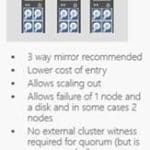
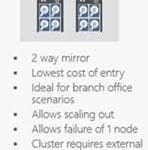

Product Positioning
Microsoft’s guidance is for customers to use smaller hyper-converged configurations for ROBO and small departmental workloads where cost efficiency is the primary driver. For larger enterprises and hosters/service providers, Microsoft recommends a converged model that allows the independent scaling of compute and storage resources.
So How Do Customers Buy Storage Spaces Direct?
Storage Spaces Direct is a feature of Windows Server 2016 and customers get it for free with DataCenter Edition. Customers will have the option of DIY or purchase one of the new Storage Spaces Direct reference architecture solutions from one of 12 different partners.

With previous storage spaces offerings in Server 2012 and 2012R2, Microsoft put the technology out there for the DIY crowd and hoped that the server vendors would find the technology interesting enough to add to their portfolios. The problem was it needed JBOD shelves and in most server vendor organizations, JBODs fell under the storage teams, not the server teams. There was no way that any storage team was going to jeopardize their high margin traditional storage business by offering low margin Storage Spaces based JBOD solutions. Most vendors didn’t even want to sell JBODs at all. For example, Dell typically overpriced their JBODs to make EqualLogic look like a good deal at just a 15% uplift from a basic JBOD shelf…. much like movie theaters get us to buy the large popcorn for 50 cents more.
With Storage Spaces Direct, Microsoft is now dealing with the server part of these organizations… and all these guys care about is selling more servers. So Spaces went from having no partner interest to having support from all of the major server vendors.
However, since S2D is free with Windows and channel partners only get paid for the server sale, there is little incentive for them push S2D over other HCI options on these platforms. Therefore, I suspect that the majority of S2D adoption should come from customers asking to buy it rather than partners pushing it as an option.
So here is what the partner ecosystem looks like today.
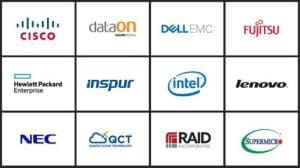
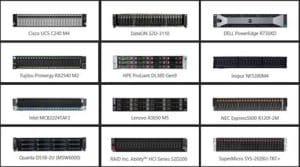
To formalize this, Microsoft created a new program called Windows Server Software Defined (WSSD) allowing partners to submit validated WSSD Reference Architectures. Microsoft provides the validation tools and methodology and the partner does the testing. They get a Windows Server 2016 Certified Logo plus SDDC Additional Qualifiers.
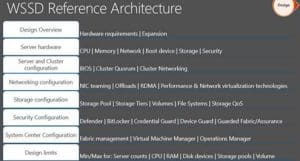
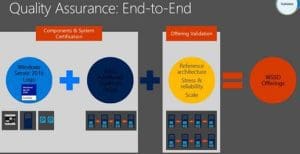
Partners can offer their choice of Hyper-Converged or Converged configurations. Here’s where the classic Microsoft unnecessary complexity comes in… Within Hyper-Converged there are two additional options – Standard and Premium. Premium has some additional SDN and Security features turned on, but it’s simply a configuration thing. All of these come with Datacenter Edition so there is no cost or licensing difference.
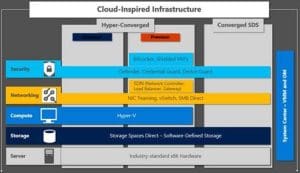
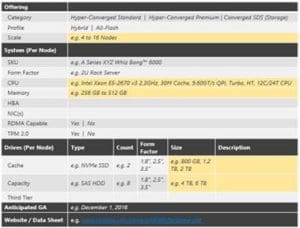
Here are a few examples of the offerings. S2D offerings will be available starting in mid-October as soon as Server 2016 goes GA.

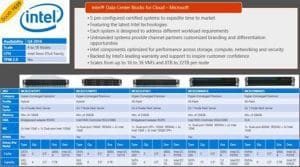
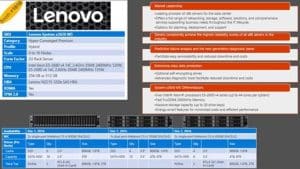
You may be asking who is responsible for support? Because it’s just a reference architecture, there is a split support model. Customers will call the server vendor for hardware issues and Microsoft for software issues.
Conclusions…
Storage Spaces has come a long way since Server 2012 and will be considered a viable option for customers looking at software-defined storage solutions. Some of the customers perceived advantages of S2D will be… low cost, min 2-node config, a broad choice of hardware vendors, storage QoS, NVMe support, single vendor software stack, and choice of deployment model (Hyper-Converged or Converged). Probably the most important of those is the price. Understanding the differences will be key. It’s tough to compete against ‘good enough’ and ‘free’.
Microsoft has not been very successful driving Storage Spaces adoption in the last 2 releases. Part of this is due to product immaturity, but most of this is because they didn’t build any real sales program around it. This hasn’t really changed with the WSSD Reference Architecture program. The big boys like Dell, HP, and Cisco are not going to position S2D over their own HCI offerings and the smaller players like SuperMicro, DataON and RAID Inc will never drive any significant adoption. Regardless of hardware platform, there is a very little incentive for the channel to sell S2D reference architectures over other HCI solutions (where they get paid for both the SW+HW sale). So without a strong sales program, I don’t believe that we will see S2D emerge as a big market share anytime soon.
Until next time, Rob.
